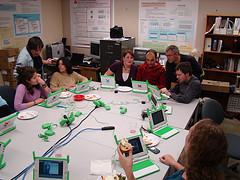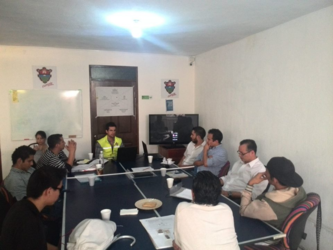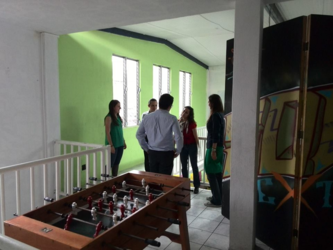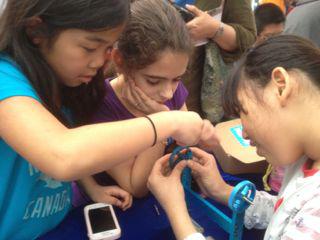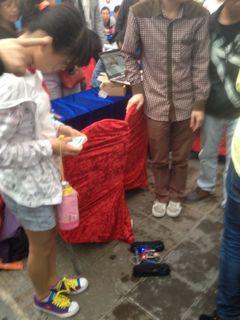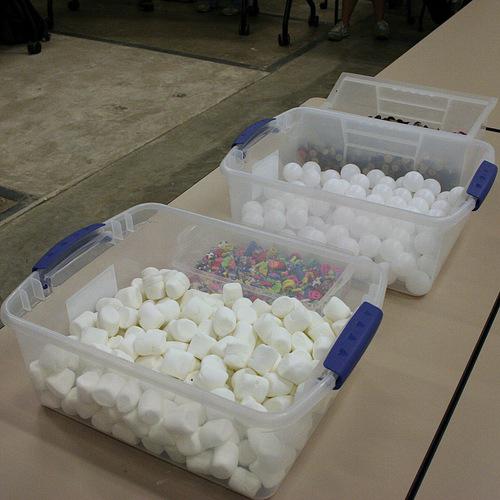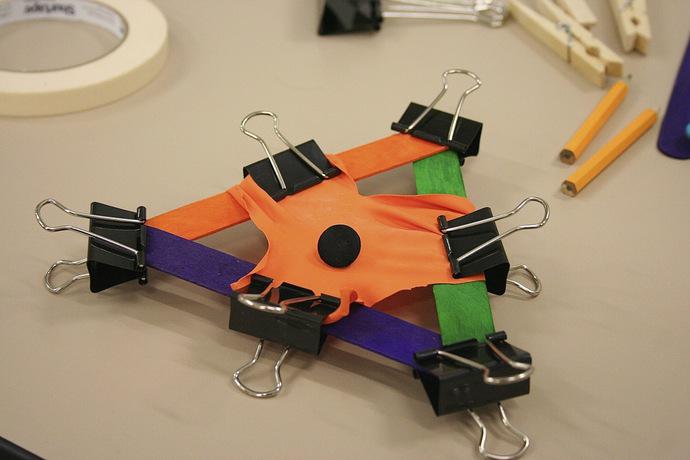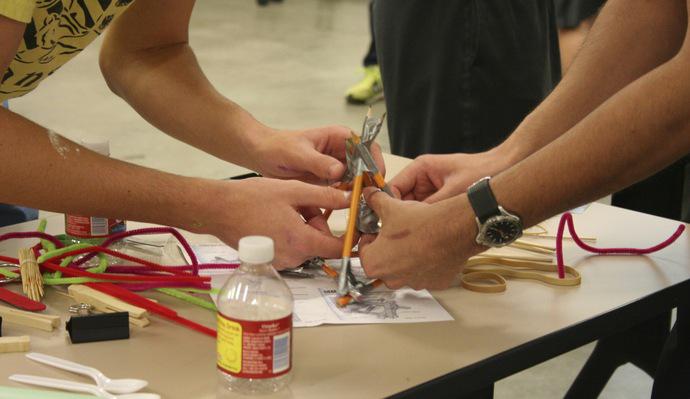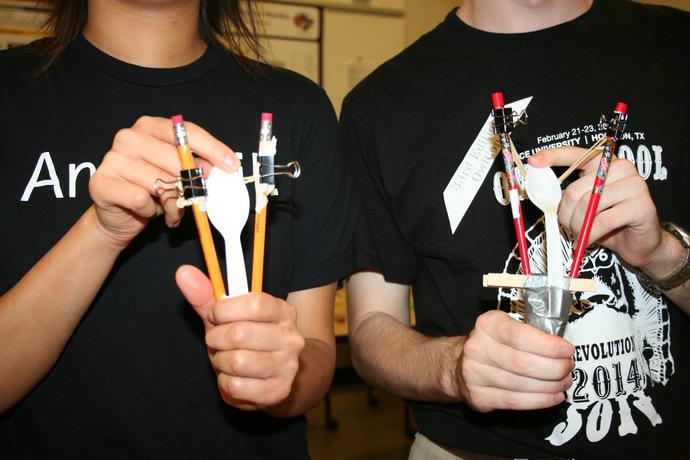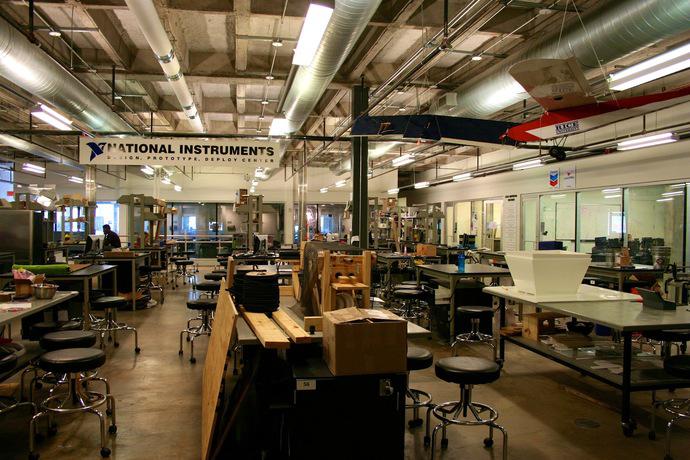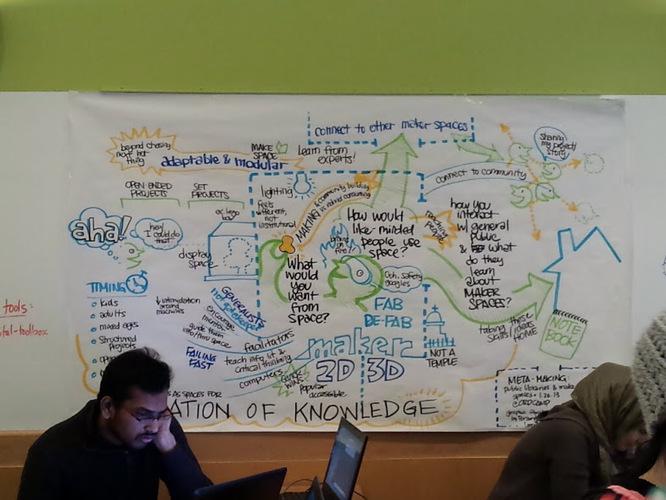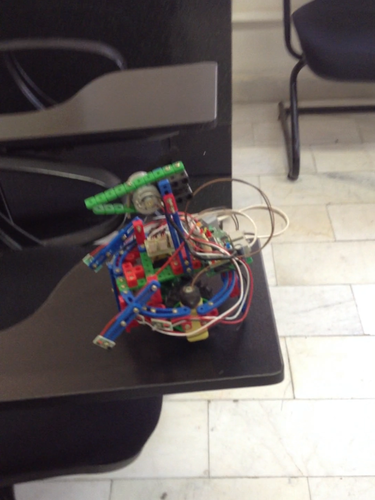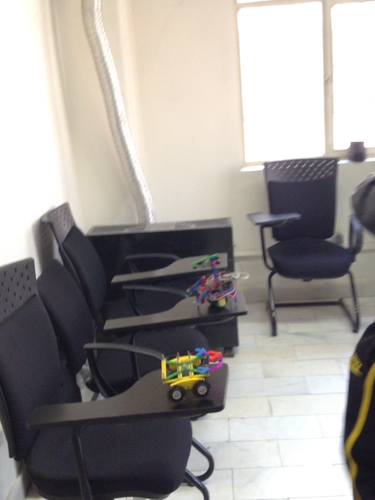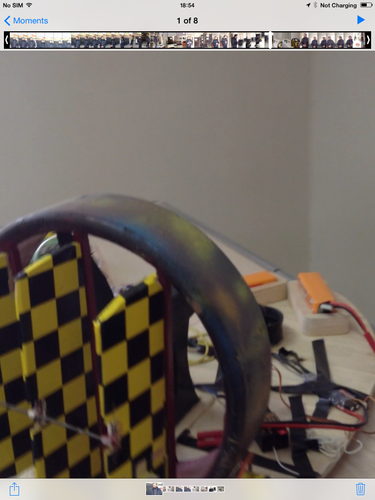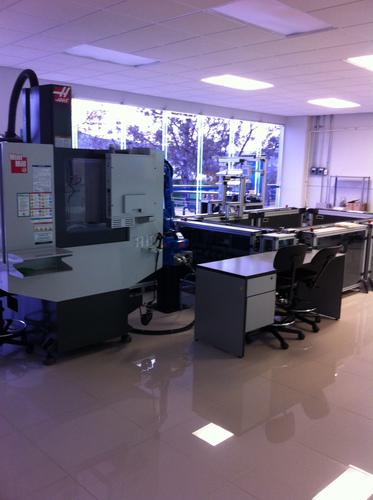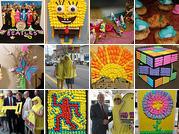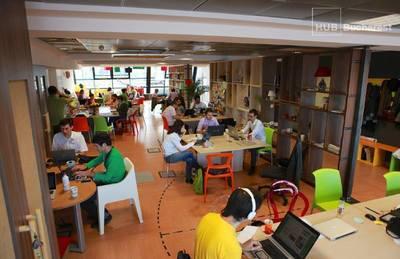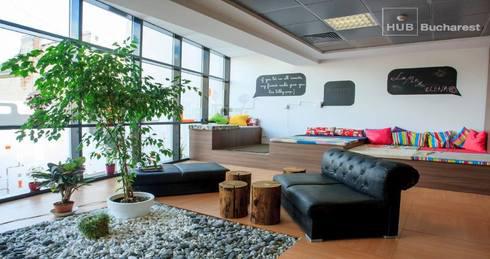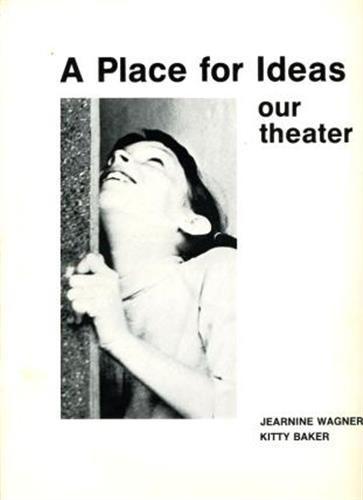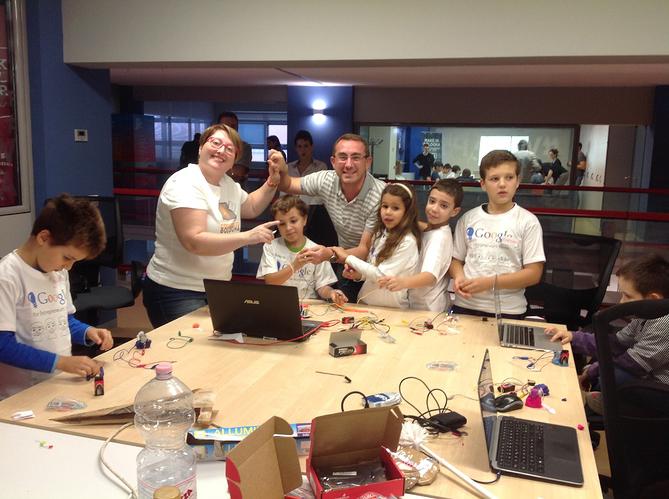“Anti-Fail” at the Rice University Oshman Engineering Design Kitchen
Ping pong balls, marshmallows, erasers and buttons were flying through the air when I visited the Rice University Oshman Engineering Design Kitchen’s Innovate All-Stars Challenge event last week. The “Safari Shootout” challenged students to design and build a slingshot, catapult, or similar device to hit cartoon animal targets 15 to 20 feet away.
Students spoke softly to their partners, debating the relative merits of pencil slingshots, “Viking catapults,” “siege catapults,” “bean shooters,” “coin shooters” and other creative options. Although they were paired off by random assignment, they seem to function seamlessly as teams and listened to one another with clear respect.
The entire event was just one hour long with segments devoted to design, testing, and reworking designs, followed by the competition itself. I was amazed by the apparent calm and intensity that reigned. Clearly, these students were practiced in the art of designing and prototyping under pressure.
The students selected their designs very quickly and dove into building them. A range of low-tech, low-cost raw materials were provided for building including: colorful tongue depressors, pipe cleaners, binder clips, balloons, tape, clothespins, duct tape, small wooden sticks, plastic spoons, empty water bottles, Legos, and rubber bands. I was impressed with the variety of devices the students created.
The collaboration between partners was noticeable, with teammates taking significant time to help one another troubleshoot and even build each other’s devices. This appeared to be part of the culture at OEDK. It was also carefully designed into the challenge, with final points for the competition assigned based on the number of targets hit by both team members.
While the design and testing phases were relatively intense and remarkably quiet, the competition itself was spirited and playful. People laughed with each other when marshmallows fell short and buttons went astray. And, they clapped at the end of each team’s effort.
Victory went to a duo who made slingshots out of pencils, plastic spoons, binder clips, duct tape and rubber bands, hitting a sweet spot between elegance and simplicity. The woman on the team was notable for her black t-shirt that read, “Anti-Fail.” I loved her spirit.
More About the Oshman Engineering Design Kitchen:
The Oshman Engineering Design Kitchen (OEDK) at Rice University in Houston, Texas was developed in 2009 to give undergraduate students a chance to “design, prototype and deploy solutions to real-world engineering challenges.”
Part of the George R. Brown School of Engineering, the OEDK is an 18,000 square foot facility centered on a huge open work area called the Prototyping Work Space with more than 60 workstations spread over two floors.
On my visit, I talked with two students who were developing a device for a local restaurant. They were eager to demonstrate how its unique features met the environmental and functional challenges posed by this restaurant. “It’s going to be unveiled at the restaurant tonight,” the women told me proudly.
Lessons Learned from the Oshman Engineering Design Kitchen:
- Failure is a necessary and expected part of the iterative creative process
- Collaboration is critical
- Mentors are invaluable
- Relevance motivates
- Low tech-high tech is a powerful combination
- Space shapes learning
To learn more: http://oedk.rice.edu










